By Eric Hammel
The 1st Marine Division was on the move toward the Yalu River. With any luck, if the weather cooperated, the Korean War, or rather, the United Nations police action in Korea, would be over in weeks. The 5th Marine Regiment (5th Marines), most of the 7th Marines, and three artillery battalions of the 11th Marines spent the daylight hours of November 27, 1950, staging into the North Korean mountain-valley town of Yudam-ni, on the frozen shore of what would become the Battle of Chosin Reservoir. While company-size units of the 7th Marines patrolled and fought through the day to secure the far-flung ridge lines that dominated the valley, a battalion of the 5th Marines mounted a limited assault aimed at striking off into the unsecured hinterland of North Korea.
Strangely, for the Marines had faced no serious opposition in more than a month, all their patrols, sweeps, and advances on November 27 were strongly contested. Unbeknownst to the Marines, tens of thousands of Chinese People’s Liberation Army (PLA) soldiers were set to spring an enormous trap on the main body of the 1st Marine Division.
Isolated and Unaware
The temperature was minus 30 degrees F, so by 9 pm all but the regular watchkeepers were snuggled in their soft down sleeping bags, shoeless and exhausted by the day’s prodigious physical exertions and the sub-zero cold.
Yudam-ni was seen by all higher headquarters as a temporary staging area. No strong hostile action was anticipated, and there was no central authority determining where this battalion or that company was to be placed. Too large to be defended by a continuous line, the valley of Yudam-ni was merely screened by several isolated pockets of Marines: How Company, 3rd Battalion, 7th Marines (How/3/7) to the northwest; Charlie/1/7 to the southeast; Dog/2/7 and Easy/2/7 to the east. Units of the 5th Marines on the “perimeter” just happened to be there when the day’s activities had drawn to a close. There was nothing wrong with the deployment; indeed, it was an adequate response to the latest intelligence data from higher headquarters, reflecting the solid combat experience of the planners.
Nowhere did the element of luck come into greater play at Yudam-ni that night than in the case of two orphan companies of the 2nd Battalion, 7th Marines (2/7). The companies were orphans because of the way Marine divisions of the era were not built. They were not built for moving and victualing themselves over very long lines of supply. There was not sufficient motor transport in the 1st Marine Division for moving so many men so quickly over so many road miles to a place like Yudam-ni. Owing to movement schedules worked out by harried motor-transport officers juggling conflicting priorities, it just happened that the 2/7 was split up for the longest period of time. On November 26, there were sufficient trucks to get two companies to Yudam-ni from the battalion’s old base at Hagaru-ri. The remainder of the battalion had to await the vehicles that were bringing up its relief from the south on November 28. Thus, the two companies, about 400 Marines in all, moved early and were attached administratively to the 1st Battalion, 7th, whose staff placed them out of the way in the hills east of the long central valley of Yudam-ni.
Although composed largely of Reservists, Dog/2/7 and Easy/2/7 were considered first-rate combat units. They had been baptized in blood on the Inchon–Seoul Highway in September, and they had been in steady action all the way up from Wonsan.
After arriving at Yudam-ni on November 26, the companies had been sent east of town to outpost Hill 1240 and Hill 1282, the former about 1,000 yards east by south of the latter. The relative isolation of their positions was not lost upon the company commanders. Patrols were dispatched to examine and cover the intervening ground through the first day and night. As with the other 7th Marines units guarding the heights on the periphery of the valley, the two companies of 2/7 were to be aided in covering their ground by 105mm howitzers of the 3rd Battalion, 11th Marines, the regimental 4.2-inch mortars, and such other mortars and heavy armaments as could be brought to bear in an emergency. It was a standard solution to a standard problem.
Meeting Chinese Forces
During the night of November 26, an Easy/2/7 light machine gunner at the left extremity of the company line on Hill 1282 detected movement to the front. He tossed a grenade and bagged a Chinese infantry officer who had been busily plotting in the company position when he met his end. Strewn about the corpse was a plotting board, tape measure, and alidade. Papers on the dead man identified him as a member of the 79th PLA Division.
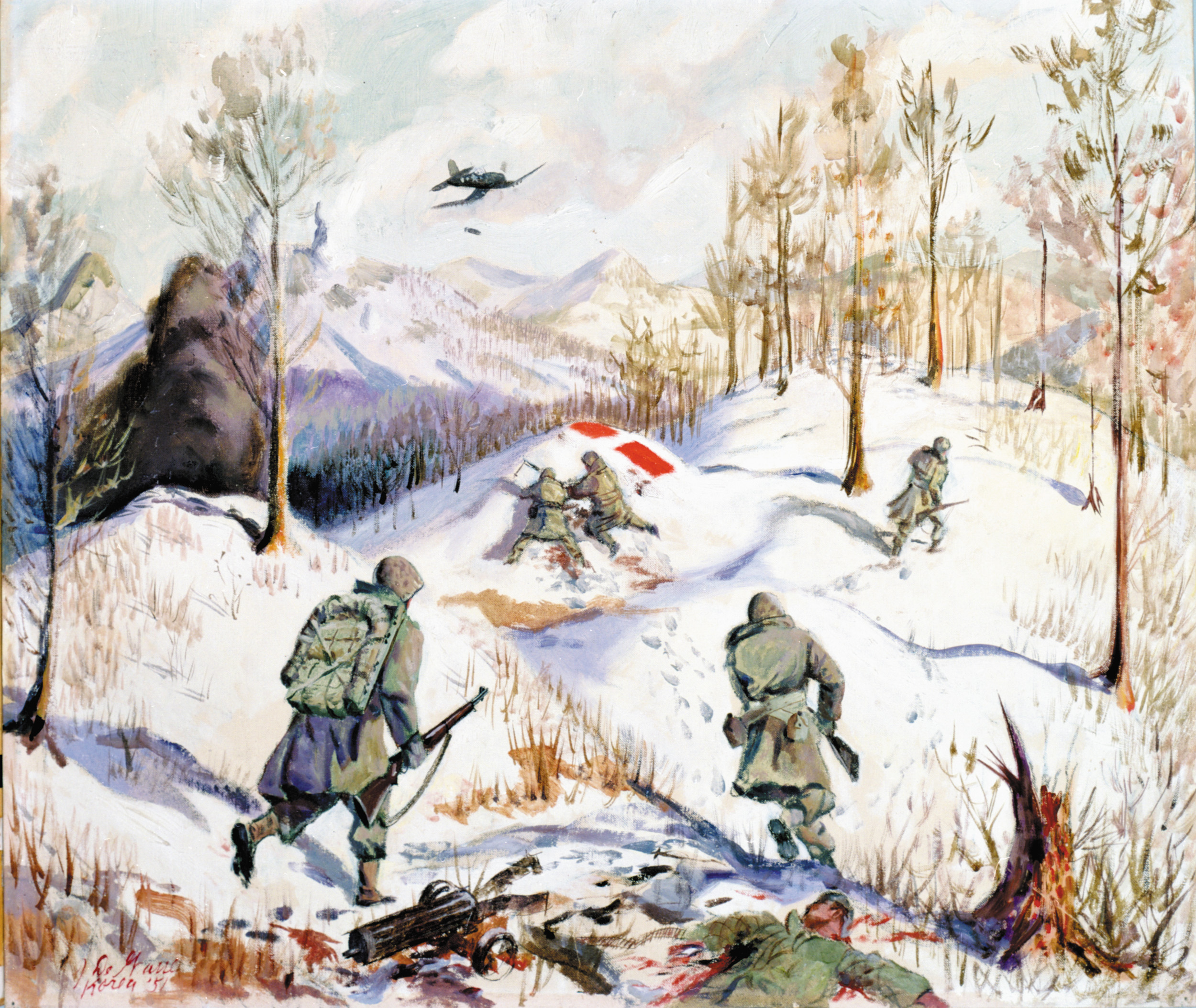
The bulk of Captain Milton Hull’s Dog/2/7 stepped off late in the morning of November 27 to patrol the ground north of Hill 1240. After three hours on the go, the point platoon ran into a dozen Chinese and dispersed them. The middle platoon then passed through the point and swung eastward toward the village of Kyodong-ni and the Battle of Chosin Reservoir. The village had previously been burned out by marauding.
Marine Corps F4U Corsair fighter-bombers and was said to have been abandoned. The lead platoon, however, was hit by heavy fire as it crossed some low ground preparatory to entering the ruins. A strong Chinese infantry force was entrenched on high ground north and west of the hamlet.
Four Marine Corsairs made runs on the village as the two lead Dog Company platoons deployed to deliver an attack. One platoon leader was seriously wounded at the outset, but the other pressed on as a second air strike swept in. The Chinese had the terrain advantage and superior firepower, and the Marines were pressed back. The lead platoon leader was killed while attempting to make a stand.
Captain Hull informed his nominal superior, Lt. Col. Raymond Davis, the 1/7 commanding officer, that Dog/2/7 was under heavy pressure. Unable to do anything more constructive, Davis ordered Hull to return to Hill 1240 under friendly air and mortar cover. The Chinese chased Dog Company as far as they dared, then drifted back toward Kyodong-ni. In all, 16 Marines were killed or injured.
Preparations for the Battle of Chosin Reservoir on Both Sides
Easy/2/7 had nowhere near as dramatic a day as its sister unit, but the troops were kept alert by almost constant sightings of white-clad Chinese soldiers swarming over distant ridges. Initially, Captain Walter Phillips had only two platoons with which to defend Hill 1282. These were placed in crescent-shaped arcs at the summit, one facing northeast, the other northwest. The detached platoon, which spent the day guarding the regimental command post, was returned in the early evening of November 27. This unit was placed in line on a low spur just to the south of the summit of Hill 1282, several dozen yards behind the lines of its sister platoons, almost like a tail protruding from the main body of the company. The company’s three 60mm mortars were emplaced below the summit, between the two forward rifle platoons and the company command post. All the company’s .30-caliber light and medium machine guns were deployed with the forward rifle platoons. Although they received no official warning of an impending attack, the troops routinely set out tripflares along the entire front, and all weapons were registered upon every reachable approach to the company lines.
Captain Hull’s somewhat shaken Dog Company on Hill 1240 was similarly vigilant, although its position was somewhat below the actual summit of the hill, possibly hidden from Chinese observers manning posts on the rim of hills to the east.
The 79th PLA Division had three regiments and three regimental objectives. The northernmost objective was Hill 1384, overlooking the bivouac of a battalion of the 5th Marines; the center regiment was to assault Hill 1240, held by Captain Hull’s Dog/2/7; and the left regiment was to take Hill 1167, an unoccupied eminence several hundred yards to Dog/2/7’s right. The Chinese had no plans to assault Hill 1282, which was occupied by Captain Phillips’s Easy/2/7, even though Hill 1282 was between the 5th Marines’ battalion and Dog/2/7. In fact, Hill 1282 overlooked the best route into Yudam-ni from the east. Since there is no question that the Chinese knew Hill 1282 was outposted by a Marine company, the only possible explanation for this lapse is that they did not know that Hill 1240 was similarly guarded by Dog/2/7, nor that the 5th Marines was on the low ground behind Hill 1384. It is apparent that the commander of the 79th PLA Division hoped to avoid Easy/2/7 on Hill 1282 and move on the valley of Yudam-ni by means of two routes that appeared, from his vantage point, to have been left unguarded.
The forbidding terrain knocked the Chinese plan askew. The regiment bound for Hill 1384 found its way in the dark, but the two southern regiments, attacking in columns of battalions deployed in columns of companies, veered northward. Thus, unoccupied Hill 1167 was not assaulted; the regiment bound for it moved on Hill 1240, and the regiment bound for Hill 1240 blundered toward Hill 1282. While this placed both companies of 2/7 in danger, the Chinese advantage of freedom to maneuver was negated by the fact that the PLA soldiers would be delivering their attacks across totally unfamiliar terrain, at night, against unanticipated opposition.
The first activity near Hill 1282 was noted at about 10 pm, when several squads of PLA soldiers approached the previously unoccupied rear spur and ran into 1st Lt. Robert Bey’s 3rd Platoon of Easy/2/7. Light skirmishing ensued for about 30 minutes, in which time the probes were driven off at a cost of three Marines wounded.
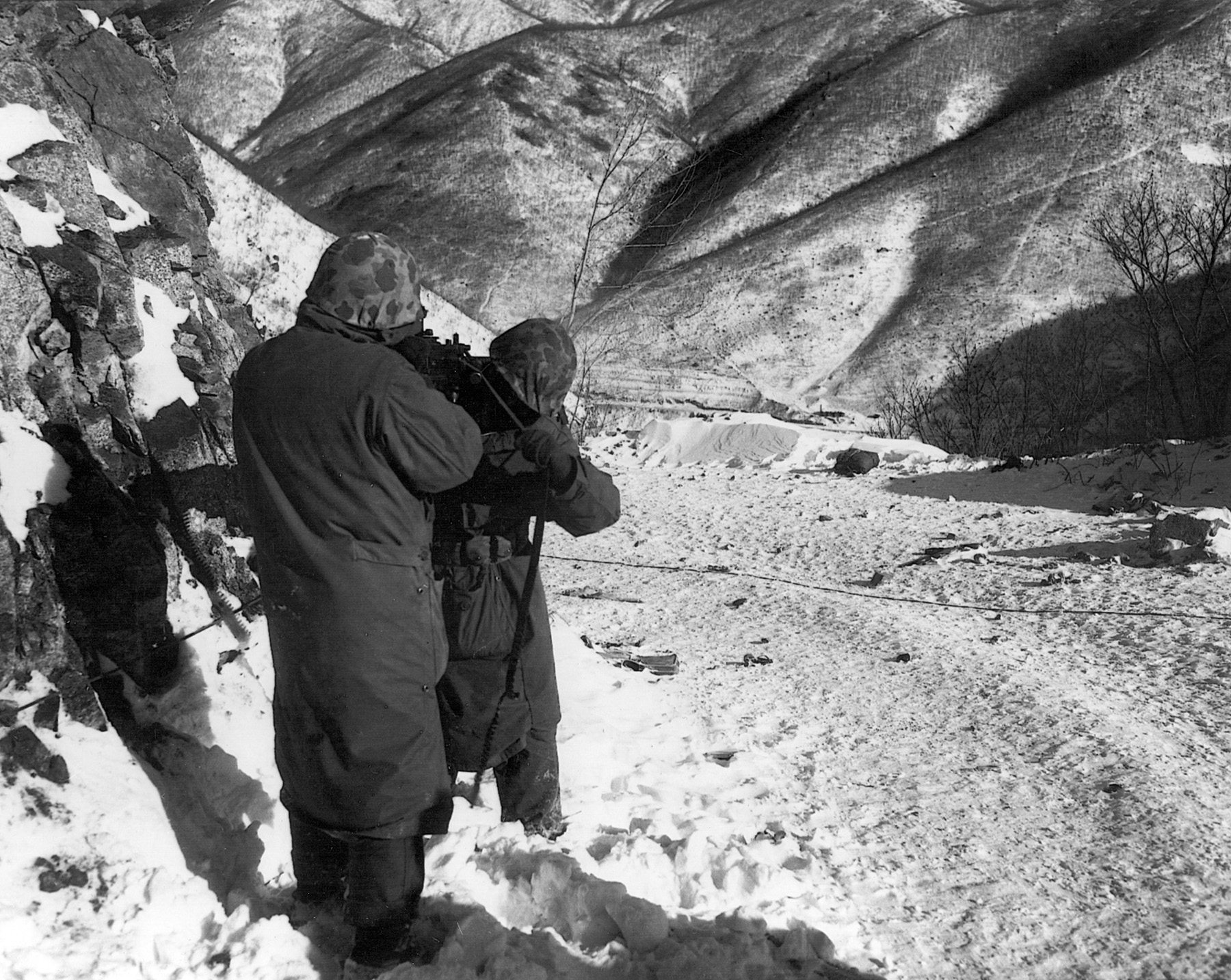
Dog Company, to the east, was also lightly probed. The company commanders, communicating by phone, agreed to pull in their horns; both men canceled the routine patrols that were to have covered the open ground between the ridges.
“Nobody lives forever. You die!”
In late 1942, John Yancey had been a corporal fighting on Guadalcanal with the famed 2nd Marine Raider Battalion, known as Carlson’s Raiders. At 24, the Arkansan had striven to be the best Marine in the Corps, and he had been awarded a Navy Cross and a battlefield commission as a testament to his coolness under fire.
In late 1950, Yancey was a 32-year-old family man and the proprietor of a Little Rock liquor store he had built up between the wars. Older and wiser, he had volunteered to fight again in Korea, more out of a yearning for action than anything else. In that sense, 1st Lt. John Yancey, commanding Easy/2/7’s 1st Platoon, was typical of many Pacific War veterans who had stayed in the Reserves in the late 1940s and who had been called to the colors from good jobs and fledgling businesses in the summer of 1950. Yancey, however, was a certified hero, and the impulse to stand and fight was still very much with him.
The second round of Chinese probes on Hill 1282 unfolded directly in front of Yancey’s 1st Platoon. As usual, the probes were light, and the Chinese recoiled upon contact, content to draw fire to learn the whereabouts of the rifle pits and supporting machine guns.
Yancey was not overly perturbed by the probes. He had ordered his machine gunners to hold their fire to avoid giving away their positions. It was business as usual, but only for a few moments.
The unearthly silence was replaced by the cadenced tread of thousands of sneaker-shod feet crunching upon the thin film of snow that mantled Hill 1282. In the distance, above the crunching, Yancey and his men could discern the rhythmic chant of a single voice. Straining his hearing to the limit, the former Marine Raider thought he heard the words, “Nobody lives forever. You die!” repeated over and over in heavily accented English. It was almost too bizarre to believe.
Yancey cranked the handle of his sound-powered telephone set and was answered in a whisper by the company executive officer, 1st Lt. Raymond Ball. “Ray, they’re building up for an attack. Get the eighty-ones [81mm mortars] and give us some light, and then lay in on the ridge and work back toward us.”
“There’s a shortage of eighty-ones,” Ball revealed. “We can’t give you many.”
Yancey’s platoon waited while the shadowy mass of Chinese soldiers closed on their position. But for the crunching of feet on the snow, the only sound was that lone Chinese voice: “Nobody lives forever. You die!”
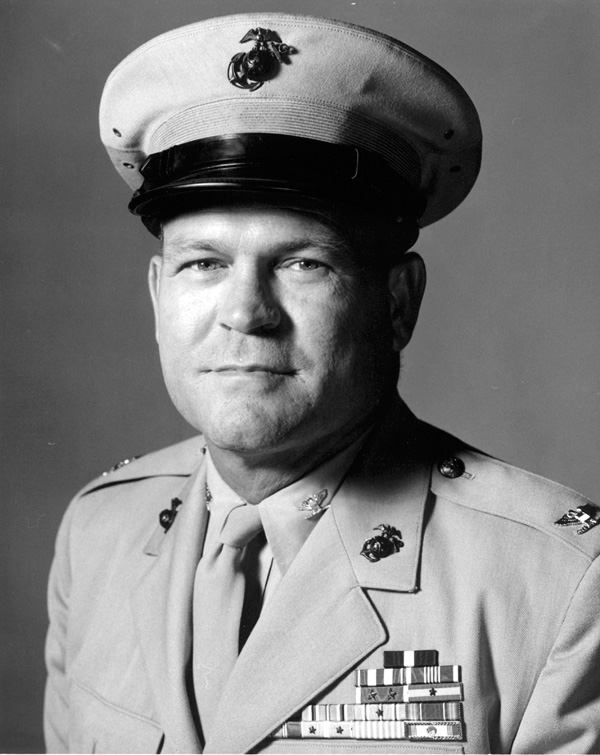
Index fingers lightly traced the outlines of triggers and trigger guards. Moments passed and those fingers toyed with the first pull, then tensed and froze before squeezing through the final, firing pull.
It was midnight. The first tripflares burst, giving the illusion that the Chinese were motionless silhouettes. The picture that was burned into the retinas and memory cells of Yancey’s Marines was unprecedented, horrifying.
The Chinese ranks extended, endlessly it seemed, from one flank to the other. Each Chinese soldier was a precise 15 yards from the man in front, as far back as the eye could see. Leading the mass of white-clad infantry was a lone officer, who yelled over and over, “Nobody lives forever. You die!”
Yancey leaped to his feet and hurled a challenge at the Chinese officer, but his voice was lost in a din of Chinese war chants and the cacophonous bleats of whistles, bugles, and shepherds’ horns that erupted at that precise moment.
Repulsing the First Attack
“Lay it on, Ray,” Yancey blurted into the phone to the Easy Company exec. He dropped the receiver and fired a full clip from his M2 carbine at the Chinese officer leading the attack.
As the Marine line erupted in gunfire, 60mm and 81mm mortar fire rained down on the Chinese, starting long and pulling closer to form a protective curtain. The supply of mortar ammunition was indeed limited, and the fire quickly abated. White-clad forms flitted between foxholes to assemble near the center of the company position, immune to fire from Marines who feared hitting their own.
Certain that Yancey’s 1st Platoon was bearing the brunt of the attack, Captain Phillips sprang from his command post and sprinted forward to take charge. Phillips found Yancey and his platoon sergeant leaping from fighting hole to fighting hole, shouting encouragement and distributing spare ammunition. Yancey could barely breathe because a grenade splinter had penetrated the bridge of his nose. His report was delivered amid much hawking and spitting of the blood that trickled down the back of his throat.
While Yancey moved one way, Phillips moved the other, shouting encouragement, seeing to the evacuation of the wounded, calling up his meager reinforcements from the company command post area. Although hit by bullets in an arm and a leg, Captain Phillips continued to stand his ground, an example to his troops.
First Lieutenant William Schreier, the company mortar officer, was directing his crews amid exploding hand grenades and mortar rounds when he glanced up to see a half-dozen PLA infantrymen coming right at him. He snapped his carbine up and fired, stopping the attackers momentarily, until the simultaneous explosions of numerous grenades forced him to duck. Schreier next saw about 20 Chinese heading his way. His fire had little or no effect, so he trundled uphill to the company command post, where he found the wounded company commander.
Phillips and Schreier spent the next several minutes attempting to form a line around the command post. There were no more than 10 Marines in the vicinity, and there was no cover. White forms were moving through the company area, and grenades were bursting in batches like firecrackers. Schreier had the distinct impression that Chinese grenadiers were dragging baskets of concussion grenades through the line platoons, stopping now and again to hurl whole clusters of them. He felt a sting in his left leg as he steadily fired his carbine at the grenadiers, but he had no time to check for a wound. Two or three grenades exploded practically on top of Schreier and he was wounded in the arm, wrist, and chest.
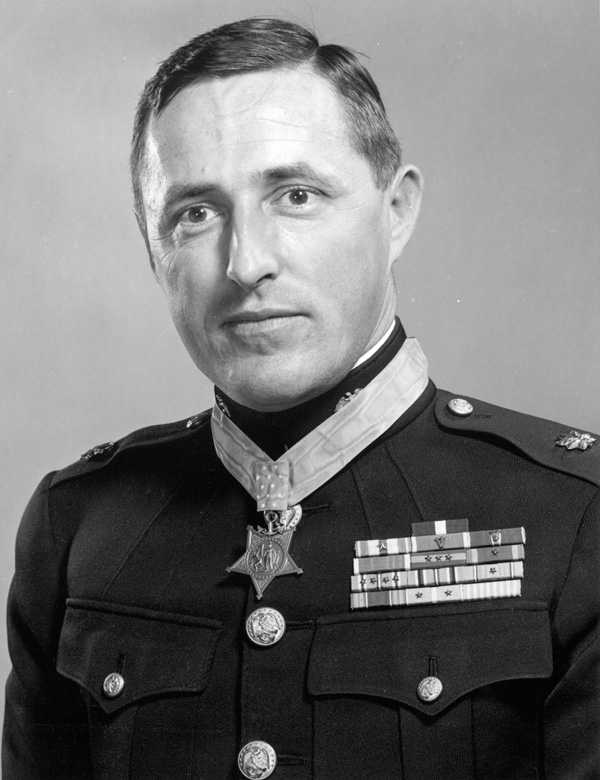
The Chinese attack faltered, then receded. In time, it was nearly quiet, but for the desultory discharge of weapons that frightened men from both armies fired at targets, real and imagined. It seemed to Marines on the line that hundreds of dead and dying Chinese had been stacked up within 10 feet of the 1st Platoon’s line and throughout the perimeter.
The Fight for Hill 1240
A thousand yards to the right of Hill 1282, across an open saddle the Chinese were using as a pathway into the center of the valley of Yudam-ni, Captain Hull’s Dog/2/7 was fighting a seesaw battle to hold Hill 1240. The typical PLA probes were followed by vicious, tearing assaults on the Dog Company line platoons. The company commander had placed all three of his understrength rifle platoons in a single line, and all three platoons were thrashed repeatedly by equally concentrated hammer blows. Two platoon leaders had been lost on the patrol to Kyodong-ni during the day, and two more were lost that night along with a large and growing number of riflemen and machine gunners. In time, the repeated blows dislodged the center platoon, forcing the entire company—all those Marines who could still move—into headlong retreat down the hill.
The rush was stemmed by the sturdy, bull-necked Captain Hull, who placed his burly, twice-wounded body between his Marines and the rear. Slowly, Dog Company reformed under intense pressure, won back a few square yards of lost ground, then followed the determined company commander up the dark, slippery slope toward the summit.
The Chinese were caught by surprise and allowed themselves to be forced from the newly won ground. They rallied within minutes, then stormed forward to retake the summit of Hill 1240. About 30 of them sideslipped the fighting and established a machine-gun strongpoint in the Marine right rear. The last of Hull’s officers was wounded, as was his best platoon sergeant. Hull raged at the survivors, “Hold fast! It’s only one gun, and it can’t kill us all.” The grenades put the weapon out of action, and the reinforced squad that was Dog Company held.
Captain Phillips telephoned his nominal superior, 1/7’s Lt. Col. Ray Davis, at the first opportunity. “We broke up the first attack, Colonel, but we’ve taken a lot of casualties. We need some help.”
“Eas-ee Compan-ee! Eas-ee Compan-ee?”
There was no overall commander at Yudam-ni, merely two equal regimental commanders, each with his own set of problems. Colonel Homer Litzenberg of the 7th Marines was by far the senior to the 5th Marines’ Lt. Col. Raymond Murray, but he had no mandate for taking overall command, and he did not. Murray, on the other hand, controlled the only viable reserve force in the valley, Lt. Col. John Stevens’ 1st Battalion, 5th Marines, which was encamped in the shadow of Hill 1282. Stevens was ordered to dispatch a relief force to bail out the orphan companies on Hills 1282 and 1240.
The only officer in Stevens’ battalion who had ever been on Hill 1282 was 2nd Lt. Nicholas Trapnell, a professional Marine who had been leading his platoon in constant action since joining Able/1/5 as a replacement on the Inchon-Seoul Highway in September. While establishing an outpost line between his battalion’s command post and the hill mass late that afternoon, Trapnell had been shown the awesome terrain by Captain Phillips, with whom he had shared some prewar service. Phillips took pains to call Trapnell’s attention to the numerous white-clad Chinese in plain view on distant ridges.
The night’s action began for Trapnell when one of his fire team leaders crashed into the platoon’s command post screaming, “They’re coming! They’re coming! There are thousands of ’em!” Terrified at the prospect of being caught on low ground in the dark, Trapnell immediately gathered in the fire team outposts he had strung across the open ground and, without instructions, reformed his platoon on higher ground. Closest to Hill 1282, Trapnell’s platoon was the first of Lt. Col. Stevens’ units to be ordered to the aid of Easy/2/7. That platoon was composed of no more than 35 men, probably a smaller number than the losses Easy/2/7 had already sustained.
The trek up the back of Hill 1282 was frightening, strange, and confusing. Tracers passed overhead, but the reinforcements did not hear the sound of gunfire until they were virtually on top of the besieged summit. Unsure of the way, unsure even if Easy/2/7 still existed, Trapnell’s platoon stumbled upward, calling vainly into the threatening void, “Eas-ee Compan-ee! Eas-ee Compan-ee?”
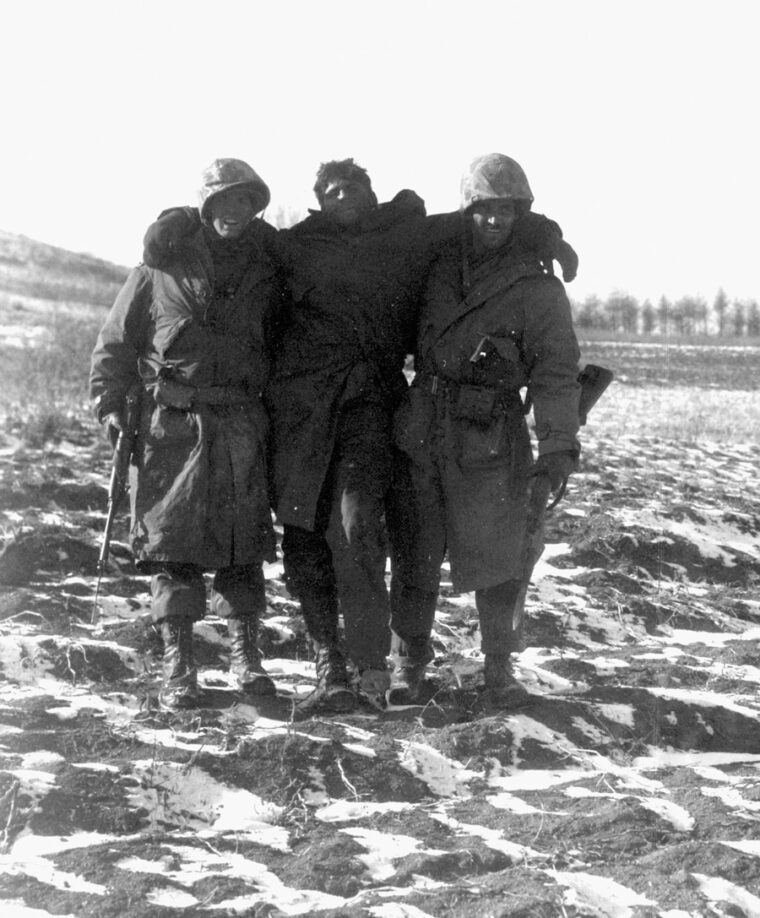
Lieutenant Yancey was speaking with the right platoon leader, 1st Lt. Leonard Clements, trying to coordinate a defense, when the Chinese approached through the almost silent darkness. Before either officer could react, a large hole appeared in the front of Clements’ helmet and blood spurted out. Although they and their wives were the best of friends, Yancey did not waste one instant seeing how his fellow platoon leader fared, for it was obvious to him that the round through Clements’ forehead was fatal. Yancey simply raced to rejoin his thin platoon. In fact, Clements had been knocked unconscious, but he had not been badly injured. The bullet had glanced off his head at an oblique angle and had spun about harmlessly in the helmet’s liner.
The 1st Battalion, 235th PLA Regiment, tore back into Easy Company’s line after a 30-minute respite. Hard one-two punches beat at one flank, then the other. Marines were deafened by the discharge of bullets and the close-in bursts of their own and Chinese grenades. The line was thinning as more and more Marines were killed or disabled.
Yancey was wounded again, seriously this time, when a grenade fragment holed the roof of his mouth. And Phillips was cut down by machine-gun fire just as he thrust a bayoneted rifle into the frozen earth. “This is Easy Company,” Phillips roared an instant before the fatal burst hurled him to the ground, “and we hold here!”
First Lieutenant Ray Ball, the company executive officer, was too badly injured to assume command of the company. He propped himself up in a rifleman’s sitting position beside his foxhole and fired his carbine with telling effect as his life’s blood froze in expanding puddles beside him. In time, he fainted, then died.
Trapnell’s Able/1/5 platoon found its way into the position of the rearmost Easy/2/7 unit, 1st Lt. Bey’s 3d Platoon. Bey had no idea of the dire straits his company was in, so he suggested that Trapnell’s platoon push off to the right to cover the open ground between Hill 1282 and Hill 1240. Trapnell did not have nearly enough Marines for the job, but he gamely led his riflemen into the void, dropping them off, two at a time, until he was alone on the dangling flank. When another Able/1/5 platoon arrived on the hill directly behind the engaged portion of Easy/2/7, it was cannibalized to flesh out Yancey’s and Clements’ beleaguered platoons.
Command Falls to Staff Sergeant Daniel Murphy
The first news of his company’s dire predicament reached Bey when a squad leader and four riflemen from Yancey’s 1st Platoon tumbled off the summit almost into the arms of Bey’s platoon sergeant, Staff Sgt. Daniel Murphy. When Murphy heard for the first time the full story of the fight higher up, he rushed to Bey, repeated the gruesome tale, and requested permission to take every man he could find to help. Out of touch, unable to even hear the sounds of the furious battle because of strange breaks in the ground, Bey felt that he could spare no more than one squad and the platoon’s corpsman, who volunteered to go along. It wasn’t much: Staff Sgt. Murphy, the corpsman, 12 3rd Platoon riflemen, and five 1st Platoon stragglers.
Breasting the summit, Murphy’s group slammed into a gaggle of Chinese that had just broken through at the center of the Marine line. The tiny group of Americans clawed their way over the beaten ground, reclaimed the Easy Company command post, and reformed while the corpsman went to work on the wounded.
Captain Phillips was dead. Lieutenant Ball was dead. Lieutenant Clements appeared to be dead. Lieutenant Schreier was down with shrapnel in his wrist and a lung. The young officer commanding the second Able/1/5 platoon to reach Hill 1282 was severely injured. No one knew where Yancey was—cut off somewhere to the left, it was supposed. Easy Company’s senior noncommissioned officers were also missing. It was now all up to Staff Sgt. Murphy.
Bellowing for attention, the platoon sergeant rallied isolated Marines to his position by the Easy Company command post. He redeployed those who came to him, moved a machine gun to better advantage, kicked ass, threatened, and prepared for the worst.
The worst was not long in arriving. Masses of white-clad Chinese soldiers loomed out of the darkness and slammed into the Marines again. Murphy doled out the last of the hand grenades and began dismantling BAR clips to eke out the remaining the .30-caliber rifle ammunition.
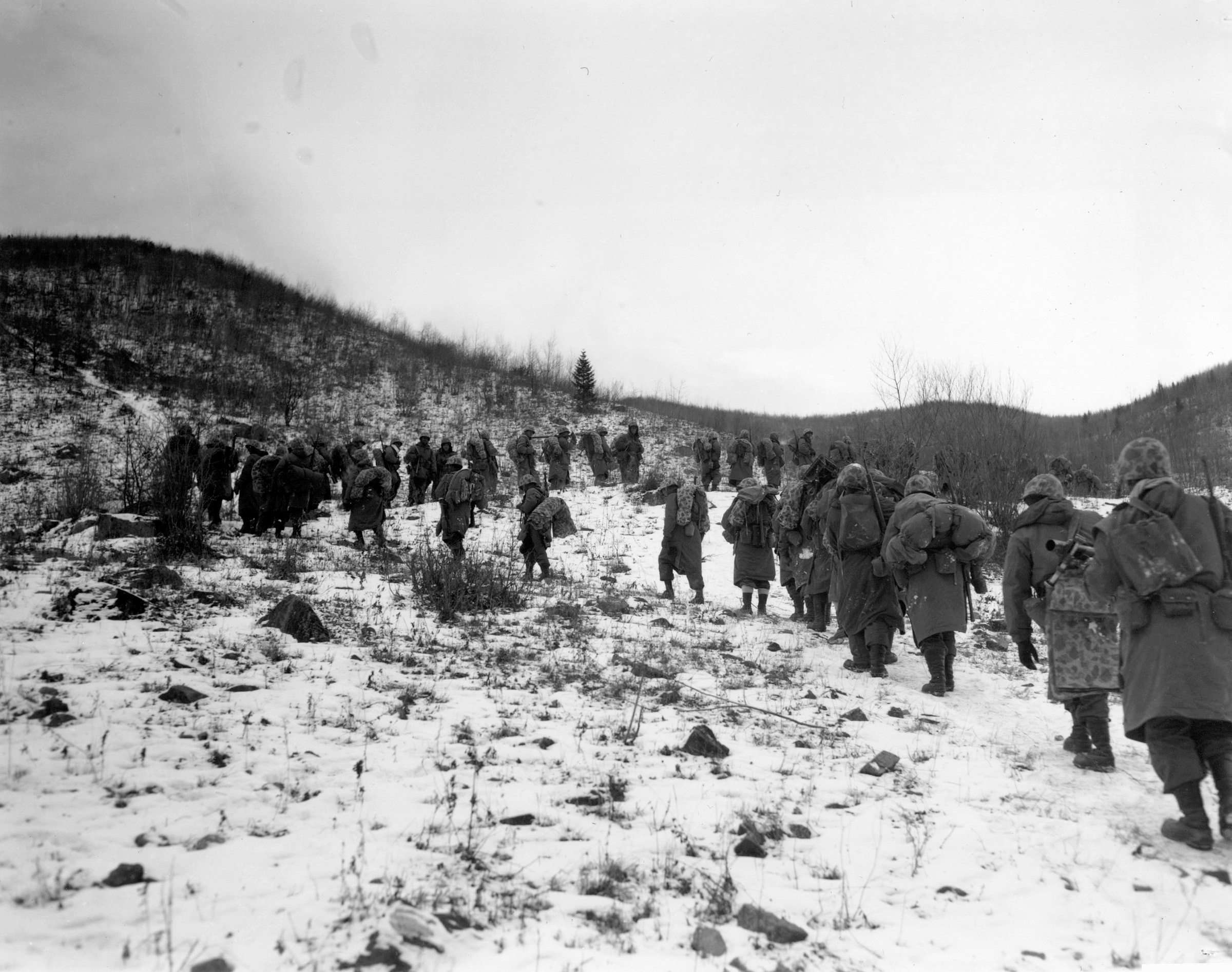
“GUNG HO!”
On the far side of the gap, Yancey counted nine men who could still fight beside him. Hoping to instill some confidence in beaten men who would not lie down and die, Yancey hawked blood and gurgled the battle cry he had learned as a Marine Raider: “GUNG HO!” It means “Work Together,” and it is spoken in the Cantonese mother tongue of most of the PLA infantrymen who were then trampling victoriously across the summit of Hill 1282.
“GUNG HO!”
Ten weary, wounded Marines lifted themselves to their feet, fixed bayonets, and shuffled forward, their reedy battle cry cutting through the shrill night wind, their bayonets silhouetted in the firelight.
“GUNG HO!”
Yancey went to his knees as a shadowy Chinese soldier fired a Thompson submachine gun full into his face. The impact of the only .45-caliber round to hit him popped the Raider’s left eye out of its socket. The astonished platoon leader fingered the slimy orb back into place and crawled blindly up the hillside.
“GUNG HO!”
The thin Marine line faltered and dissolved.
Reinforcements
It was by merest coincidence that elements of Charlie/1/5, a Marine Corps Reserve unit from the Salt Lake City area, reached the summit of Hill 1282 as the last-gasp counterattacks by the last organized elements of Easy/2/7 were being turned aside by the Chinese victors of the night-long mauling match.
Originally deployed to support the battalion of the 5th Marines bivouacked a bit to the north of Hill 1282, one platoon of Charlie/1/5 had been sent at midnight to Hill 1240 to help Dog/2/7. The remainder of the support company was sent in the traces of the two Able/1/5 platoons that had begun their ascent of Hill 1282 much earlier.
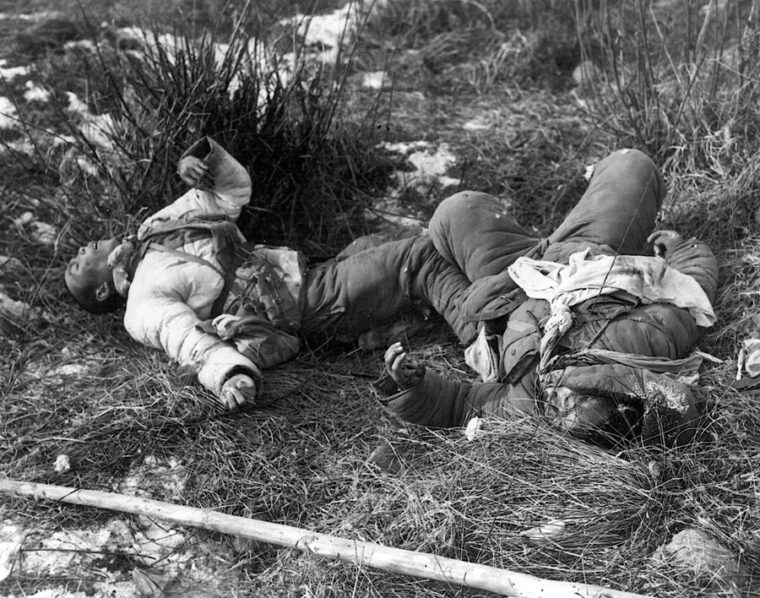
The bobtail company hurriedly picked its way across the broken moonscape, stopping stragglers and wounded Easy/2/7 Marines to ask directions and learn more about the nature of the fighting. It was tedious work, and it took Charlie/1/5 an exhausting two hours, until 4:30 am, to get within range of the killing ground at the summit. The Charlie/1/5 commander, Captain Jack Jones, was also its pointman. He knew he had arrived when he was greeted by a long burst of machine-gun fire.
Jones made contact with Staff Sgt. Murphy about a hundred yards below the summit of the hill. By that time, Murphy’s small group of Easy/2/7 riflemen had been pushed onto a spur to the right of what had been the company main line. A little farther on was Trapnell’s unengaged platoon of Able/1/5. Murphy was at that moment attempting to reform about 20 Easy Company Marines for a stand across the center of the spur. He told Jones that he thought other Easy Company Marines were on the far side of the summit, possibly with survivors of the Able/1/5 platoon that had followed Trapnell’s platoon up from the valley floor hours earlier.
The main body of Charlie/1/5 could not have been operating under worse conditions. Not one of the men had seen the ground in daylight, and not one knew the effect supporting fire might have on friendly troops who might be hiding or holding isolated positions indeterminate distances beyond an enemy force of unknown size. Charlie/1/5 had already taken casualties from the heavy fire that had raked the single file of men on the approaches to the summit, and the darkness had thrown the organization into a state of mild distress.
Time slipped away. Captain Jones deployed his two rifle platoons, Charlie/1/5’s 60mm mortars were sited, and firm communications were established with the 1/5 81mm mortar platoon in the valley. Word was received that friendly aircraft were on the way from Yonpo, the big coastal air base, but they would not be on station until first light. Jones opted to wait until he could see what he was doing.
Taking Back Hill 1282
Sunrise was an omen. One of the first things Marines in the valley and on the ridges saw were flights of Marine Corsair fighter-bombers and U.S. Navy carrier-based AD Skyraider attack bombers. As Charlie/1/5 waited pensively while friendly aircraft made repeated runs on the Chinese-held portions of the summit. Trapnell’s platoon of Able/1/5, which was guarding the rear approaches, was treated to an incredible display of airmanship. Lying on their stomachs a foot or two below the spur’s razor spine, Trapnell and his riflemen watched what they might have taken for a blue-painted shark’s fin whizzing by from left to right. It was the wingtip of a Marine Corsair dropping its load of napalm on Chinese soldiers on the reverse slope.
As the last of the attack aircraft pulled up and away, Jones led Charlie/1/5 against a company of the 1st Battalion, 235th PLA Regiment. Fifty Chinese armed with machine guns and hand grenades stood to receive Jones’ assault, forcing the attacking Marines to charge uphill into the face of a murderous fire.
Closing to within arm’s length of the defenders, the Marines fought a brutal hand-to-hand struggle, characteristic of the fighting that had thus far taken place on Hill 1282. The 1st Battalion, 235th PLA Regiment, had been nearly annihilated during the night. The 50 men holding the summit were all that remained, and they were overwhelmed by Charlie/1/5 and the last Easy/2/7 Marines under Staff Sgt. Murphy. The last platoon of Able/1/5 arrived up the rear slope to complete the job and pry through the rubble to sort out the dead and wounded.
Thus, the contest had been decided; Hill 1282 would remain in Marine hands.
Soon Lieutenant John Yancey emerged from the dead. He was bleeding from untreated shrapnel wounds across the bridge of his nose and in the roof of his mouth. His jaw had been shattered by a .45-caliber bullet, and one eye was whirling crazily in its socket. The former Marine Raider formally requested relief from the first Charlie/1/5 officer he could find. Then, quitting his last battle, Yancey led 35 walking wounded Marines slowly down the defile toward the valley of Yudam-ni.
Yancey recovered from his wounds and received his second Navy Cross. He returned to Little Rock to run his liquor store.
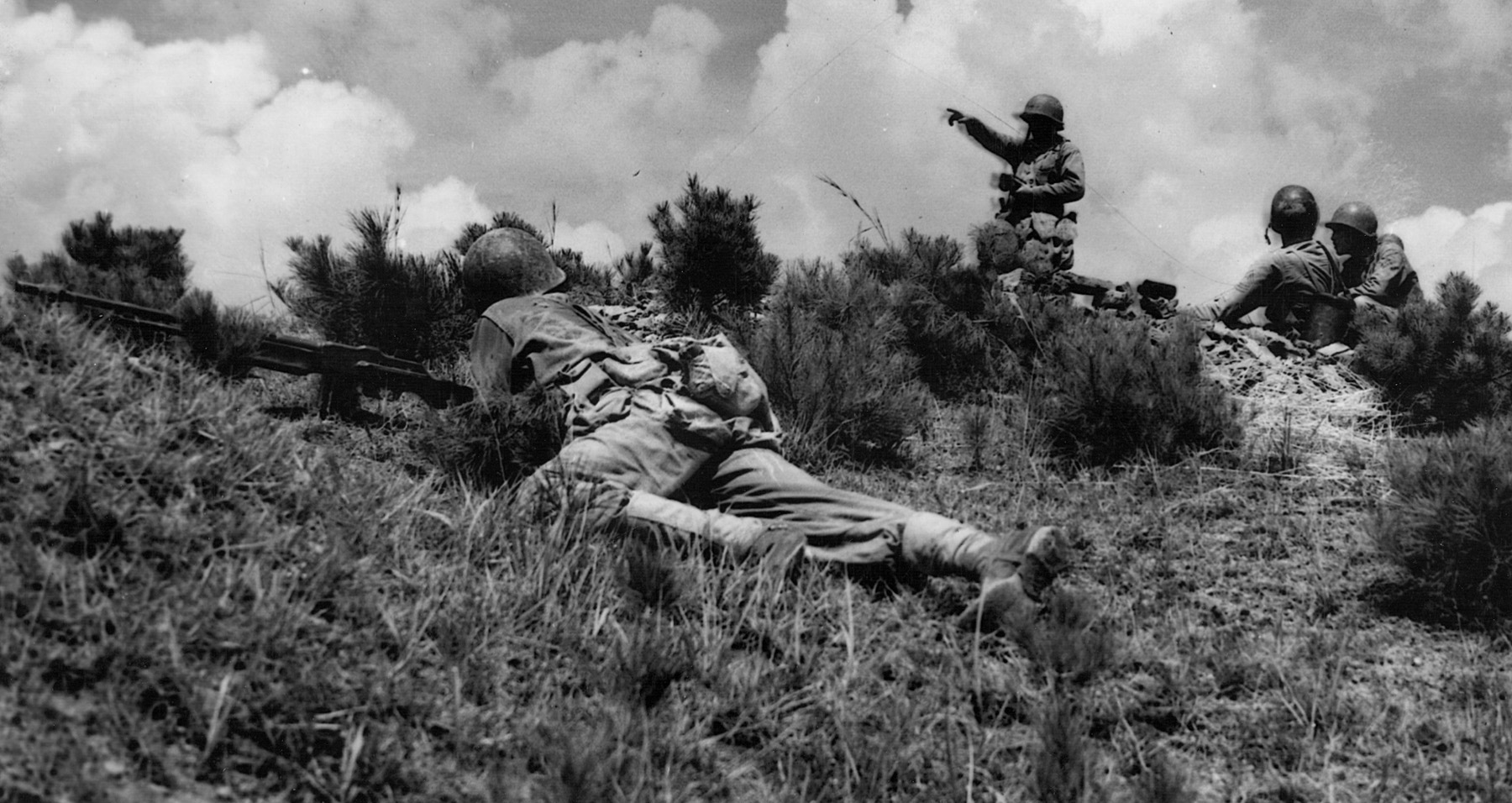
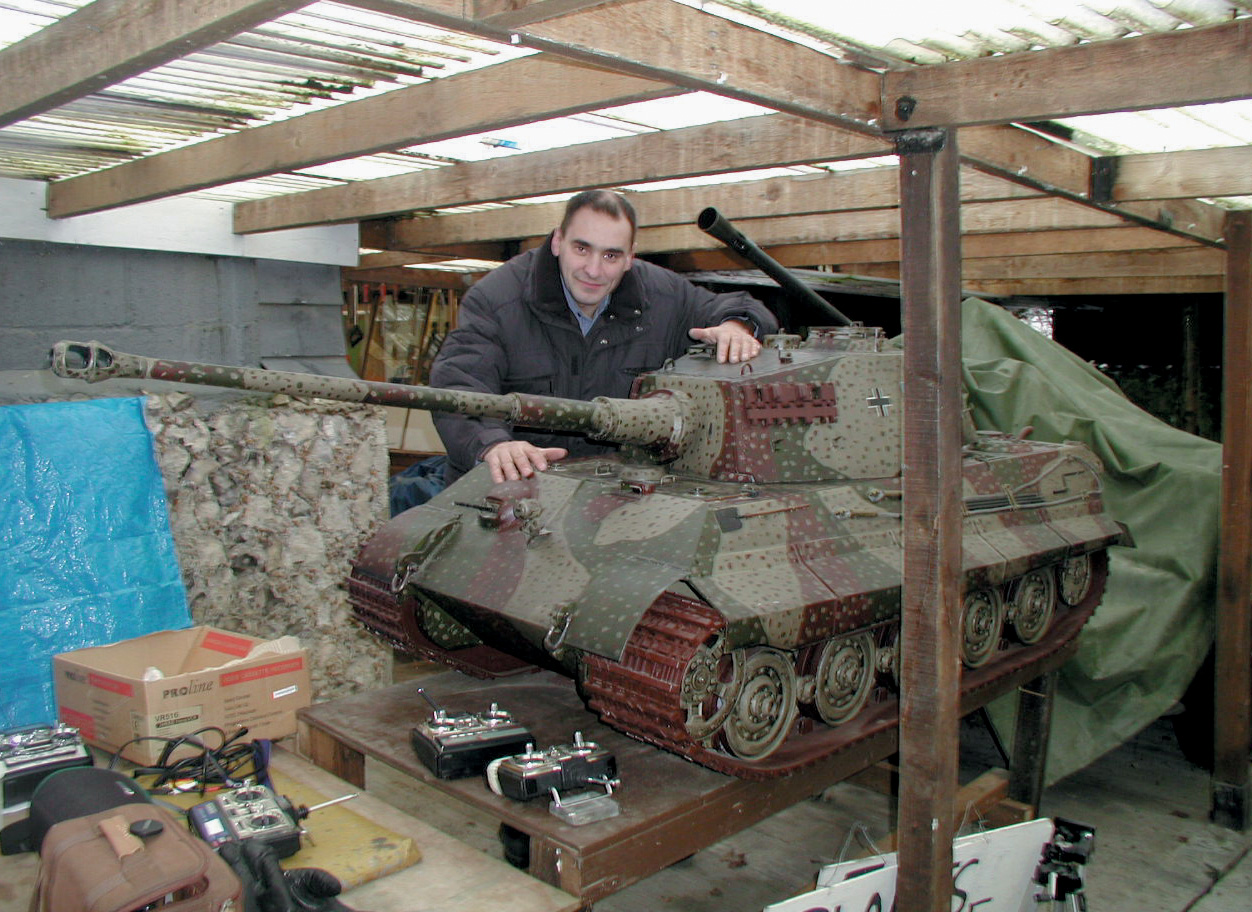
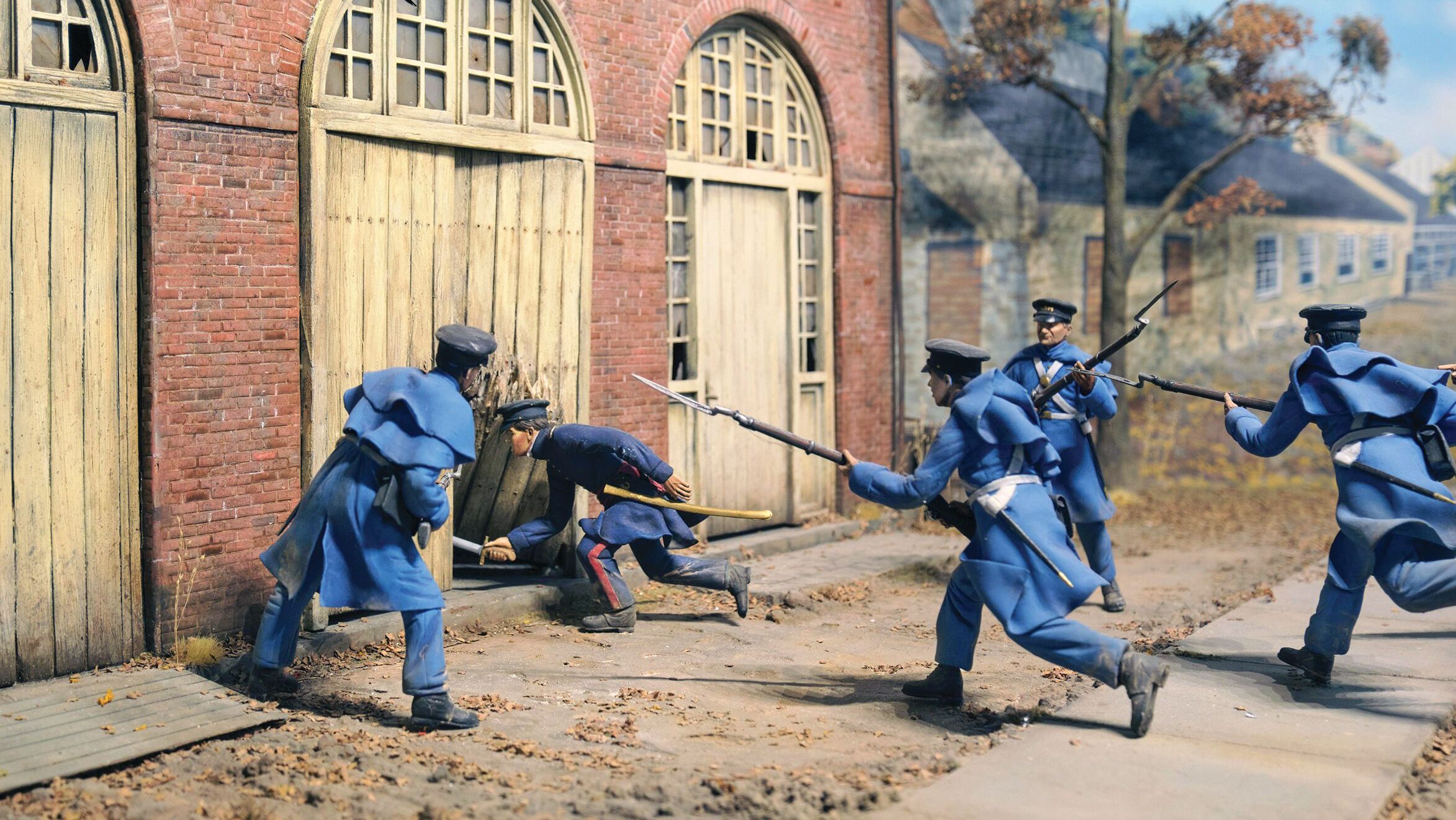
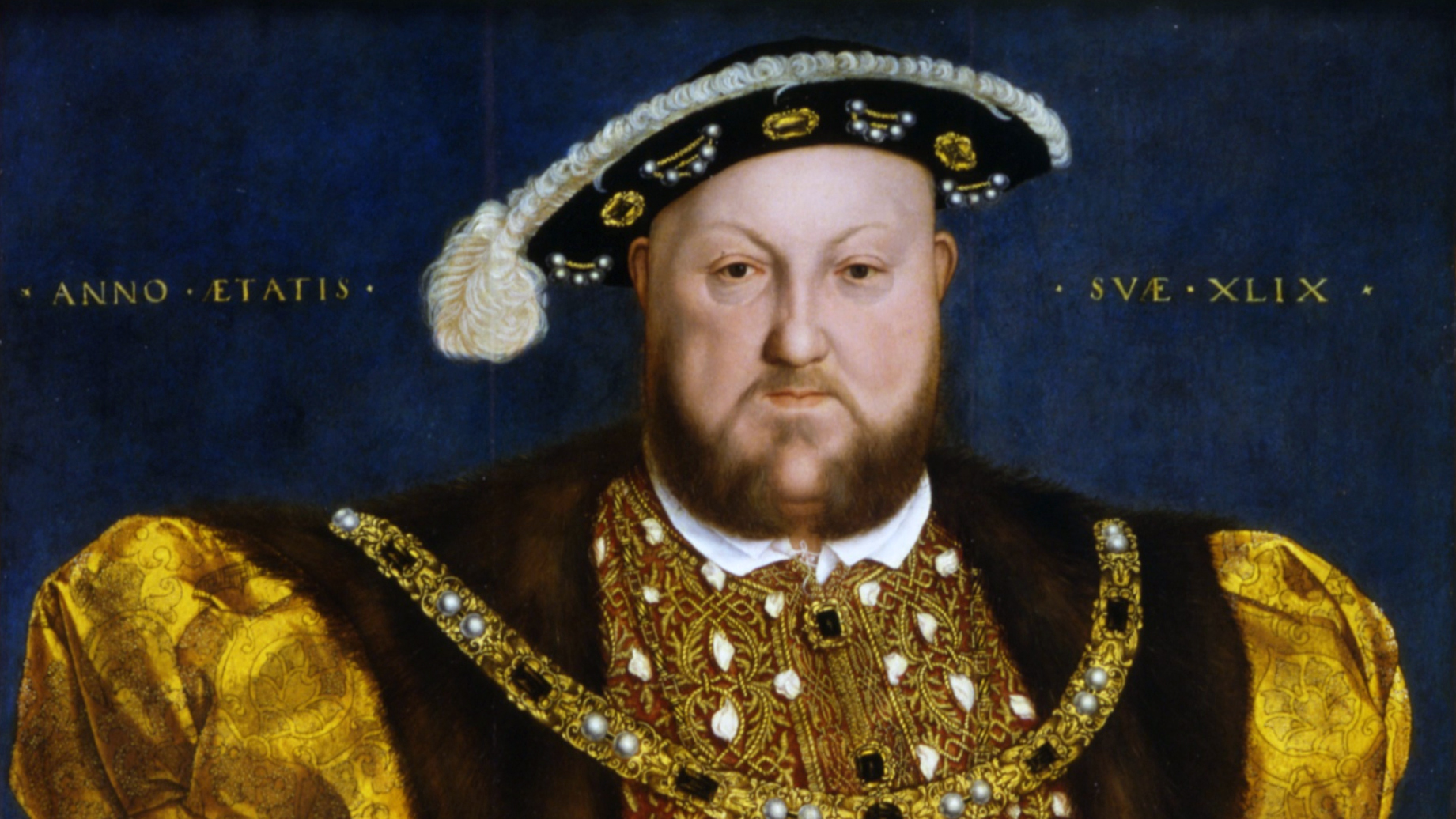
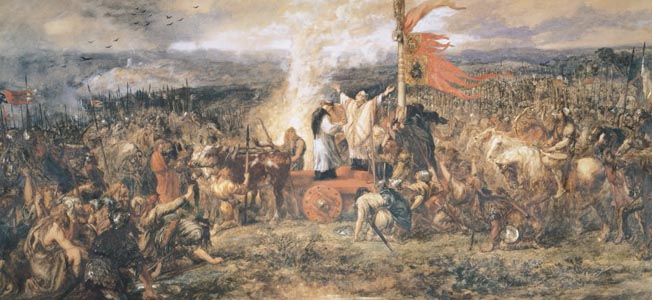
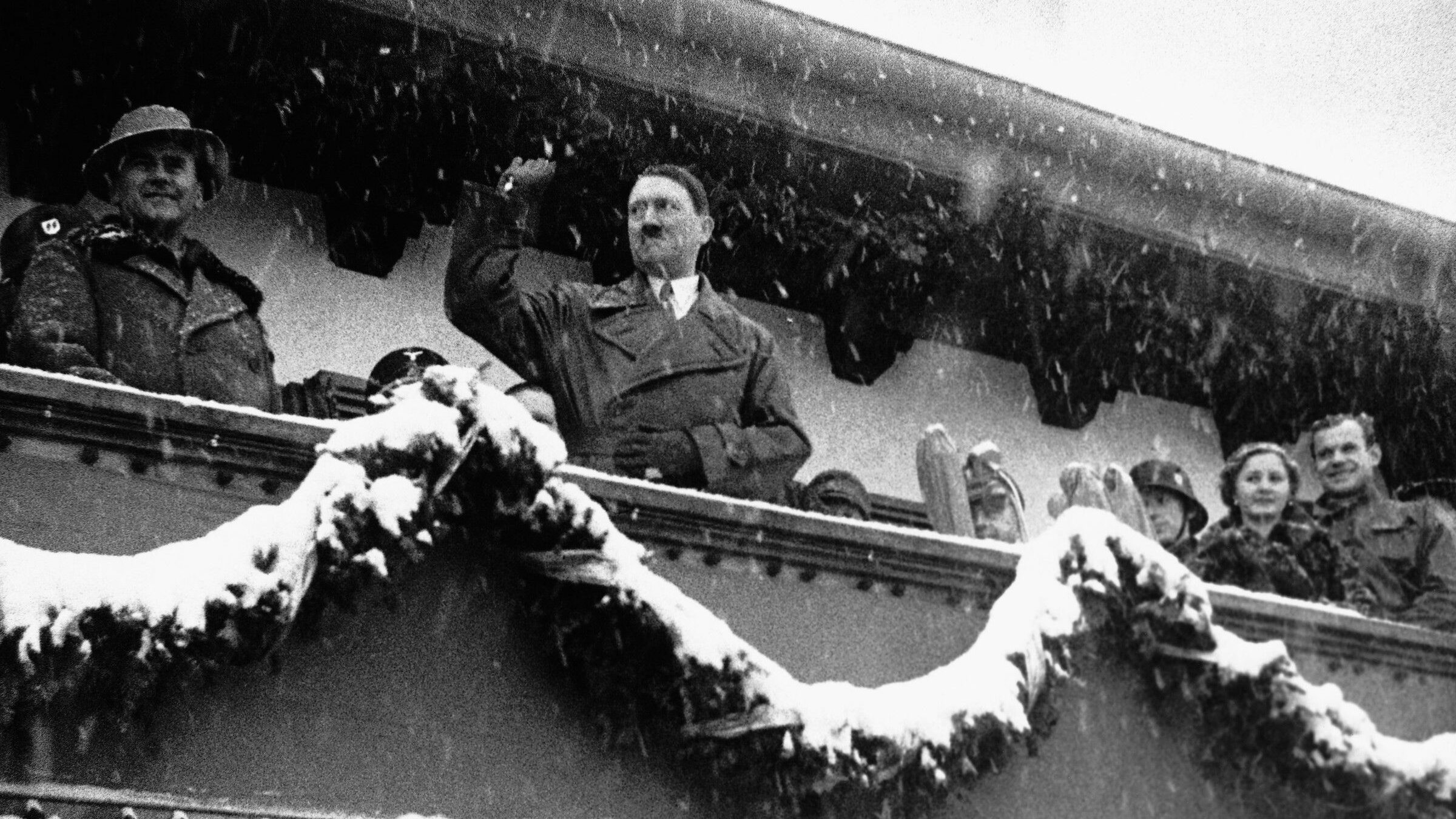
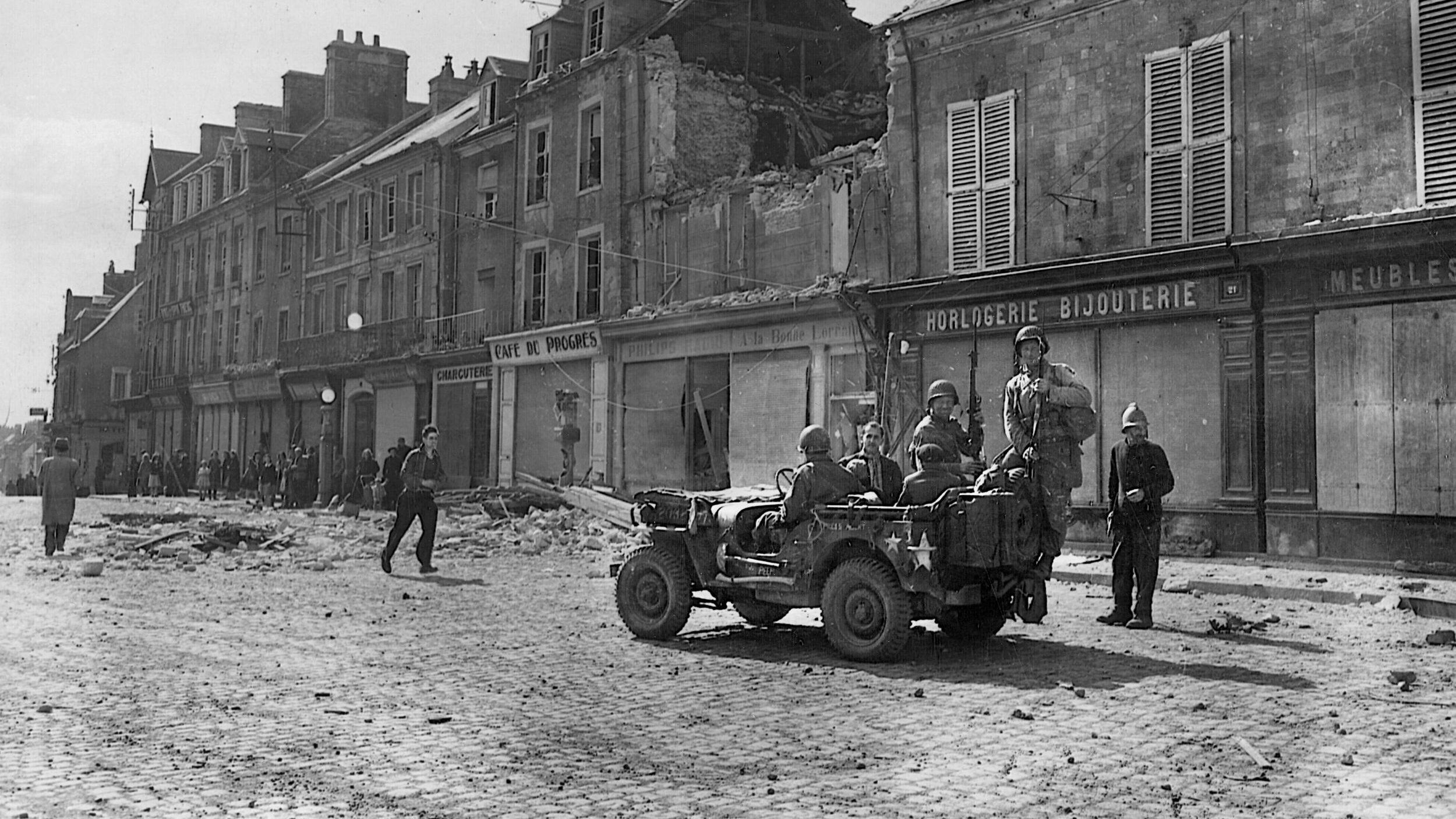
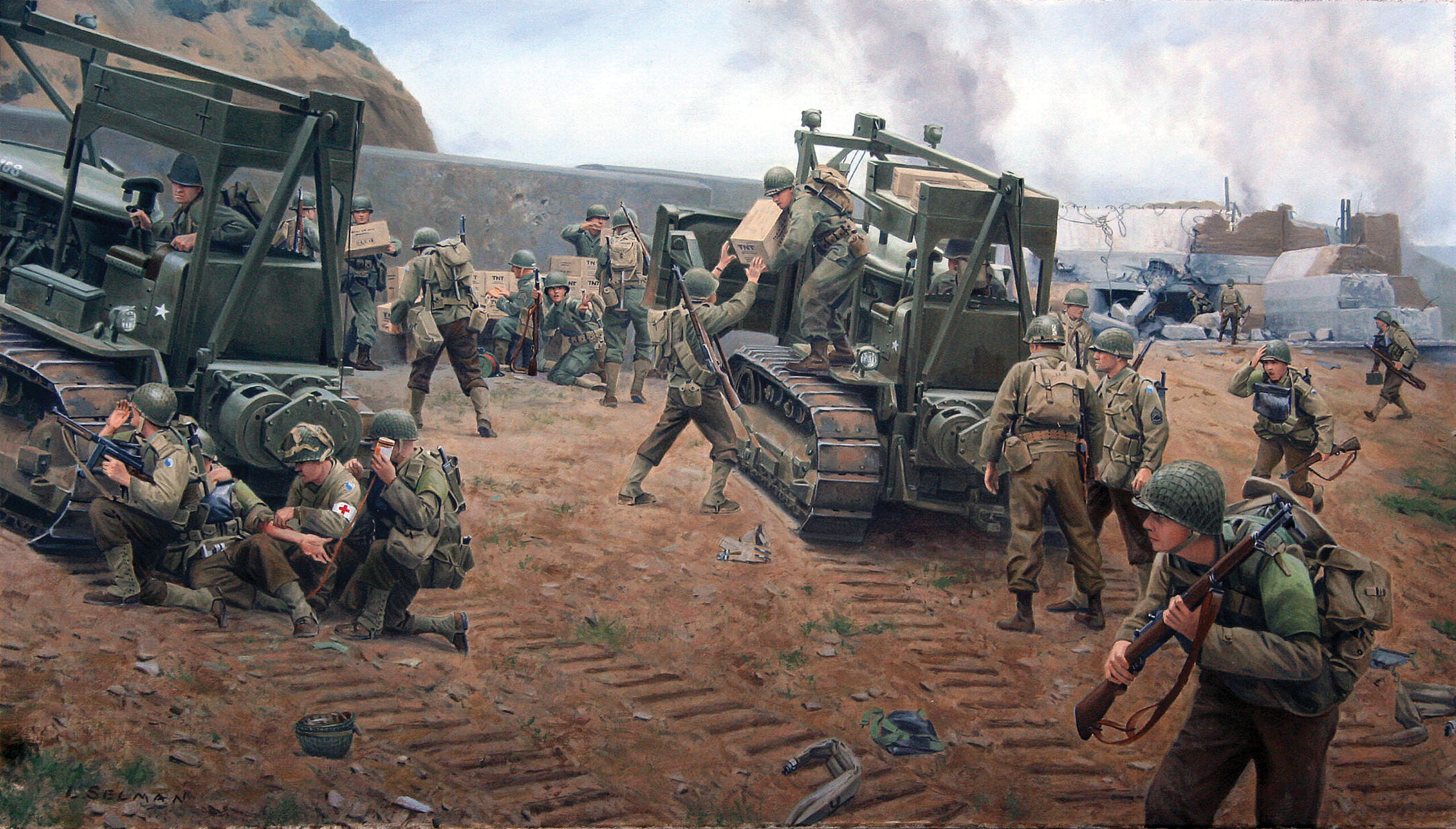
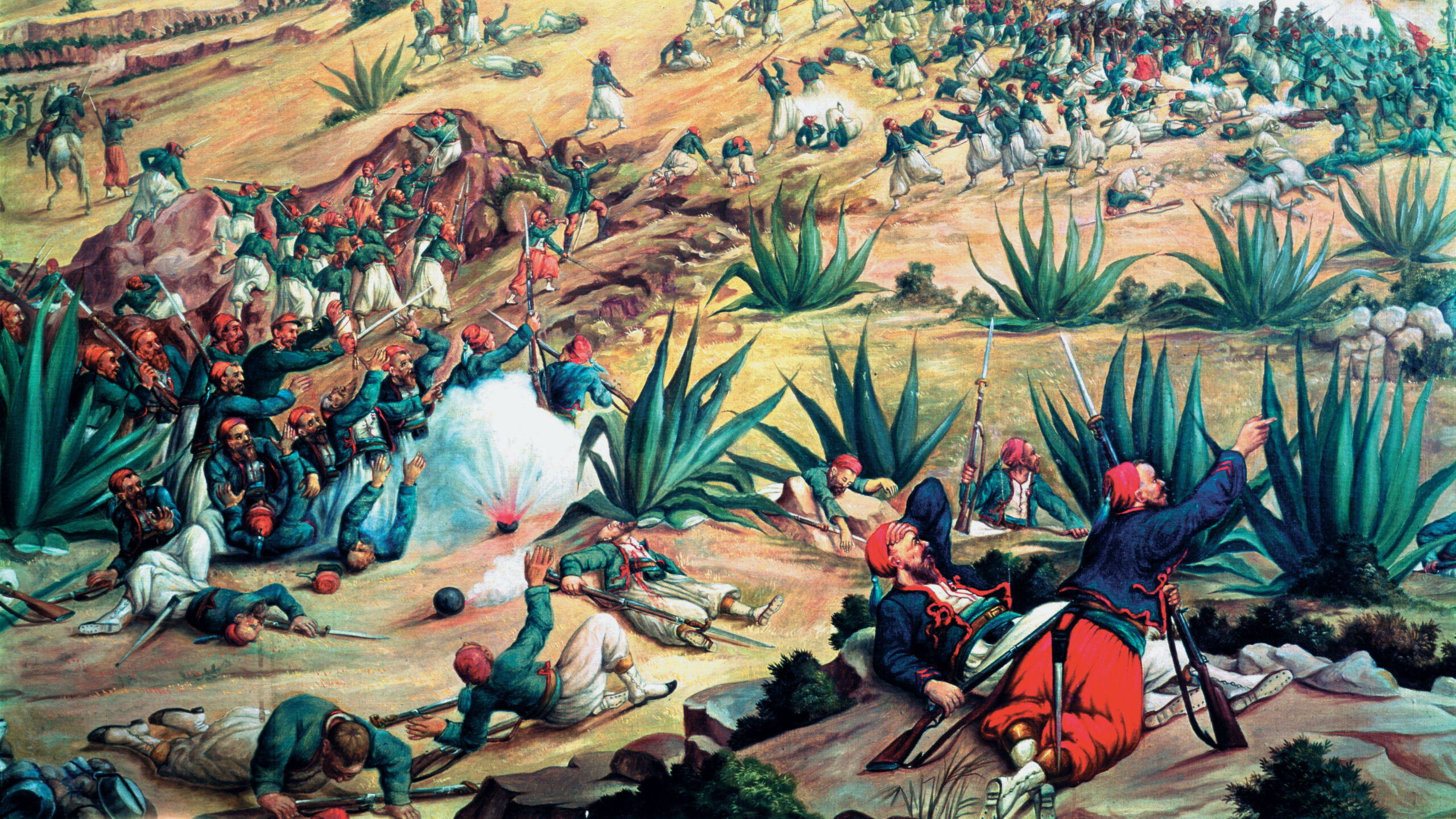
I’m going to remain calm about this, but I see a long-standing problem with some of the historical accounts of the Chosin. Namely, it is not unusual for the Army units at the reservoir to be completely ignored. My father was a medic with the 31st Inf, 7ID. He took care of soldiers and Marines. He suffered long standing physical and psychological effects, as did many.
After the war, he went into anesthesia and had a long Army career. For the last 40 years of his life (he died of COVID June 19, 2020) he made it his mission to get veterans, including many, many Marines, their VA disability for their cold injury. Later, this morphed into helping veterans with any VA issues to deal with that bureaucracy. He lobbied the VA in Washington to add cold injury as an assumed injury (records or no) for veterans of many winter campaigns and assignments.
It was his duty and honor to help people with the medical problems that plagued them because of their service.
So, every time I see the Marines touted as the sole owners of any particular battle, as they are so wont to do, I get really steamed. There are bunches of Marines out there who will testify to my father’s contribution to the Marine Corps, among others. He slogged his way through Korea, just like the rest of them.
If you search for Chosin on our website, you’ll find a couple of stories on the 7th ID.
Over 40 years ago, I worked in an office that 7 of 8 supervisors were ex or retired military. One of them was a former Marine who served in Korea. He told me two things about his service there. First that the “official” history of the Chosen campaign was incorrect when it states that the Allies almost reached the Yalu River. It was false he said because he and several others stood next to the river and made it a little more Yalu.
But more importantly and germane to this discussion, unlike the stereotype Marine who brags that any marine could whip x number of any other service, he quite frankly stated that he was only alive to tell the story because two ARMY NATIONAL GUARD DIVISIONS held the passes along the Marine (his) retreat to the sea.